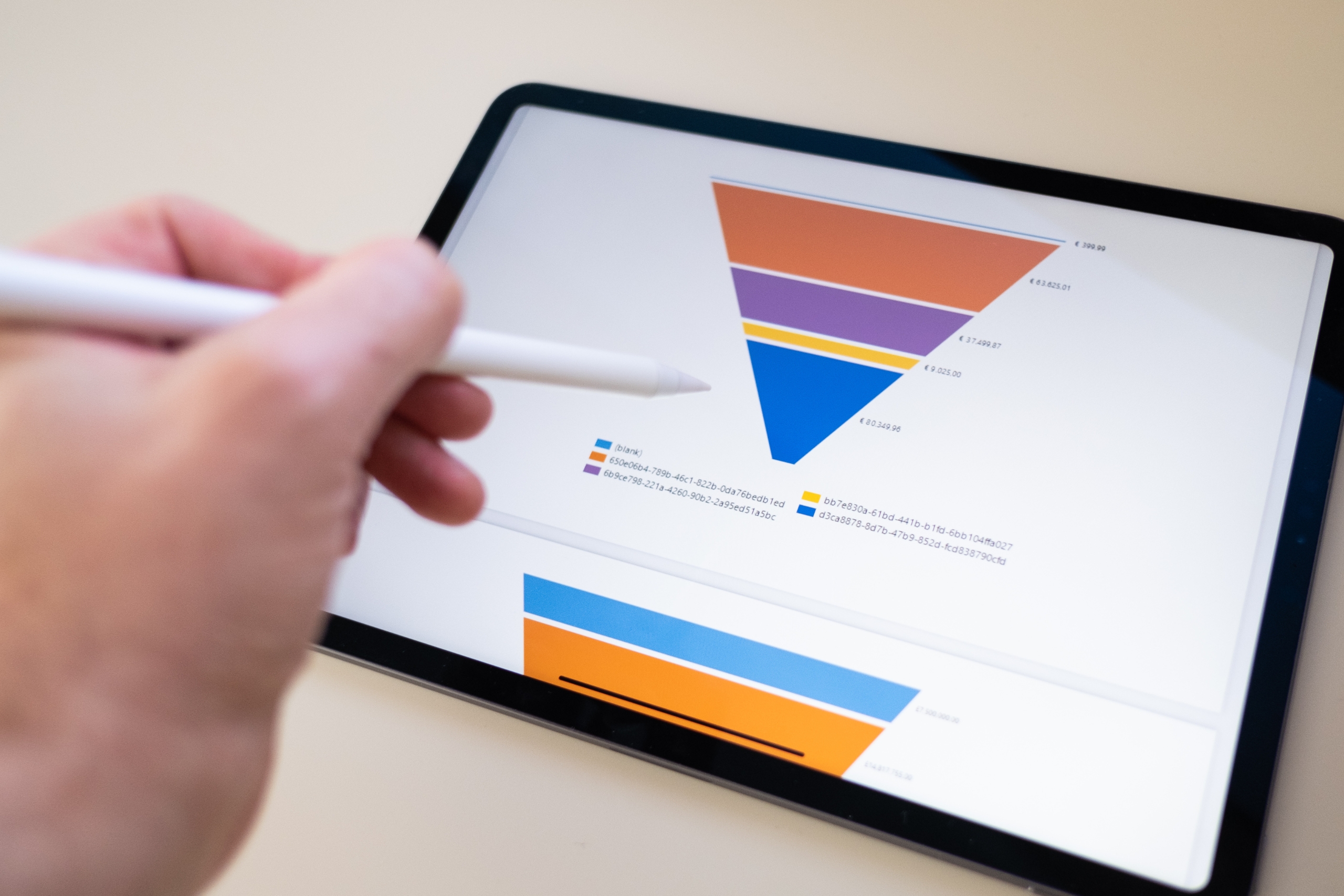Introduction
A list with names, phone numbers, and buy information was what customer relationship management looked like in the early days of business technology. It was easy to use, worked well enough for its time, and was sufficient for businesses with a small client base. But as companies grew and competition heated up, it became clear that simple methods had their limits. People wanted more personalized care, faster answers, and more involvement. There had to be better ways for agencies to keep track of, handle, and grow these partnerships.
Because of this need, CRM software was created, and this area has changed a lot in the last few decades. Contact management has grown from simple systems to complex environments with features like AI, prediction analytics, marketing integration, and automated sales. For companies that want to stay successful in the fast-changing digital world of today, knowing CRM tools evolution AI is crucial.
The Early Stages: Contact Management Systems
Businesses used spreadsheets and databases a lot to store customer information in the 1980s and early 1990s. Contact management systems were the first step toward making it official to store customer data. Businesses could put all of their names, phone numbers, and notes in one place with these tools.
Even though they were new at the time, they didn’t have many more uses. There weren’t many communication records, there were no reports, and the tools didn’t give much information about how customers behaved. Still, they were the start of a new era in which information wasn’t spread out in notes and filing boxes.
The Shift Toward Sales and Marketing Integration
Business needed more from their tools in the late 1990s and early 2000s. They needed to keep track of talks, keep an eye on processes, and measure results, so just keeping names wasn’t enough. During this time, real CRM tools began to appear.
Platforms like Salesforce have made it possible to mix contact management with sales tracking. It was now possible for agencies to keep track of deals, record calls, and log texts. Soon, marketing automation came along, which let companies keep leads interested through planned efforts and divide customers into groups based on how they behave.
This merger was a big step forward. CRM was no longer just a digital address book; it became an important tool for making sales. (Link to outside site: Salesforce)
The Growth of Analytics and Reporting
As the 2010s went on, data became the most important thing for businesses today. Companies and agencies needed more than just tracking; they wanted to learn from it. As a response, CRM systems added powerful reports and tracking tools.
Managers could see results as they happen, rather than waiting until the end of a program to judge how well it went. With the click of a button, you could see conversion rates, sales projections, and levels of customer involvement. Inbound marketing and data-driven decision-making were stressed by tools like HubSpot, which let companies change their strategies based on results that could be measured. (Link to another site: HubSpot)
These data tools not only made the firm more productive, but they also helped them build better relationships with their clients. Clients could see real proof of growth, which made CRMs an important part of plans to keep clients.
Mobile Accessibility and Cloud Adoption
The move to the cloud and the rise of mobile access were also important steps in the history of CRM. In the past, CRM systems were setup privately, which made it harder to connect to office networks. Cloud-based systems changed the business world by letting people use CRMs from anywhere and on any device.
Managers could check reports from home, sales teams could update plans while on the road, and agencies could work together without any problems across time zones. Businesses saved money by not having to buy expensive computers or hire IT teams to keep their systems running when they moved to the cloud.
Mobile apps made this even easier, keeping teams linked and working even when they were out and about. This change made it possible for people to expect to be able to view customer info at any time.
The Rise of Automation
Automation was another important step in CRM tools evolution AI. Agencies needed to grow without hiring more people than they needed to, and CRMs made that possible. Manual tasks were replaced with automated processes that made sure leads were followed up on in a fast manner, clients were informed of important changes, and pipelines moved forward without any help from a person.
When a client filled out a form on a website, for example, CRMs could add them to the database, give them to the right sales rep, and send them a series of targeted emails. Smaller businesses can now use automation thanks to tools like Zoho CRM and Freshworks. Meanwhile, big solutions make automatic processes more complicated and deep. (Link to another site: Zoho, Freshworks)
At this time, CRMs were first created to make things more efficient. They let companies focus less on doing the same things over and over and more on planning and building relationships with clients.
Artificial Intelligence and Predictive Insights
AI is what defines the most recent stage in the growth of CRM. CRMs aren’t just machines that do the same things over and over again; they now use AI to look for trends, guess how people will act, and suggest strategies.
Systems that are run by AI can figure out which leads are most likely to turn into customers, suggest the best time to follow up, and even make personalized content for marketing. With predictive analytics, agencies can guess what their clients want before they even say it, turning the relationship between the client and agency into a proactive partnership.
Through its Einstein platform, Salesforce has put a lot of money into AI. HubSpot, on the other hand, has added predictive lead scores and content suggestions. These new features show that AI isn’t just an idea from the future; it’s now an important part of how current CRMs work. (Links to other sites: HubSpot and Salesforce)
The Impact on Agencies
From simple contact keeping to AI-driven communities, the change has been life-changing for agencies. Many years ago, handling a lot of clients needed a lot of people and often led to errors. CRMs today make it possible for companies to serve more clients with fewer resources and still do a better job.
Automation makes sure that things are always the same, data make things clear, and AI makes it possible to personalize on a large scale. These systems not only make agencies more efficient, but they also make them more competitive by giving clients services that feel personalized and ahead of the curve.
In terms of money, CRMs also help businesses make more money. These tools have a direct effect on earnings because they lower overhead costs, boost customer retention, and shorten sales processes. This is often the difference between living and growing for companies that work in markets that are competitive.
Looking Ahead: How CRM Will Change in the Future
As time goes on, AI will likely be used in CRM goods in more complicated ways. It will become more important that things fit your needs. If they know what the market will do ahead of time, they might change their plans at the last minute to give them the best service possible.
As AI, speech recognition, and smart tools get better, they can be added to CRM to make it even better. It will not be enough for agencies to just do what their clients want. They are going to work together instead, and they will know what their clients want and be able to stop problems before they happen.
It will also get harder to tell CRM from other business tools as times go on. Already, contact tools, banking systems, and project management systems are being put together to make a single answer that will get rid of the need to pay for multiple things separately.

Conclusion
The way CRM tools are used now shows how they have changed over time. Now that businesses have these tools, they can work with clients, run their businesses, and find new ways to grow. They used to just have contact lists, but now they have AI systems built in.
Once just a way to organize data, it’s now a big part of many businesses’ growth, allowing them to automate tasks, be more open, and learn more about the future. Agencies can work faster, keep clients longer, and guess what the next big thing will be thanks to the best CRM tools evolution ai.
Companies that want to stay ahead in a tough market no longer have a choice—they need to use CRM systems that are driven by AI. Companies can do more than just handle relationships when they make the most of current tools. Besides that, they can make events that make them stand out.











